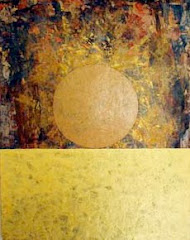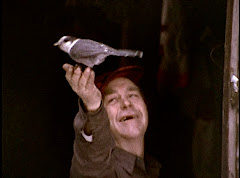The Beginnings In 1932, a young baker from Normandy came to Paris to open his first shop.
The bakery was located on 8 rue du cherche-midi in the artsy Saint- Germain des Prés district. Despite the fierce competition, he was determined to bake the traditional French sourdough loaves which were not as popular as baguettes.
At the time, there were 5 bakeries on rue du cherche-midi. Today, there is only 1. The Sourdough Loaf Large round off-white crumb sourdough loaves are a traditional French bread. However, after World War II, the Parisians preferred white bread in opposition to the dark flour loaves they had to eat during the war.
Nevertheless, Pierre Poilâne saw a dual advantage to his four pound loaves: they kept longer and could be cut into large slices.
Thus, he continued to bake this bread using stone-ground flour, sea salt from Guérande and a wood-fired oven. A Retailers’ Network Little by little, the bakery started supplying wine bars opened by coal merchants wishing to complete their revenue from their declining business. Poilâne’s first client was Au Sauvignon, a neighboring wine bar that served the bread with cheese and charcuterie. Cheesemongers soon started to retail the bread. A small poster indicated that they sold Poilâne loaves: “Ici Pain Poilâne, sourdough bread, stoneground flour, wood-fired brick ovens.” Finally, restaurants joined the trend. A Worldwide Retailer’s Network Lionel Poilâne took over the family business in the early 1970s. He had started his apprenticeship as a baker at the age of 14. Thanks to his travelling, he made contacts that later became his first international retailers. Despite the growth in the number of retailers, the baking techniques remained the same. Each loaf is handcrafted by a baker trained with Poilâne techniques. For Lionel Poilâne, quality was more important than quantity.
Retro-Innovation Lionel Poilâne was an avid learner. He learned about different bread making techniques, machines, and wheat and flour production. He even conducted experiments to produce bread that would combine the best of old techniques while incorporating the best of new techniques. This is what he called “retro-innovation.” Bread and Beyond Lionel Poilâne also conducted research on the link between bread and humanity. For him, bread was intimately linked with history, politics, arts, language etc. Over time, he started a collection of books and iconography revealing the extent of those links. Encounters In 1969, Lionel Poilâne met Salvador Dali. The artist soon began to order objects and sculptures made of bread. In 1971, he even ordered a whole bedroom made out of bread. The Spanish artist wanted to find out if he had mice in his house!
Other artists followed: Man Ray, the Lalannes, César… The Manufactory At the beginning of the 1980s, Poilane had two Parisian shops. However, this was not enough to respond to the growing demand. Lionel Poilâne and his wife – an architect and designer – conceived a manufactory. The challenge consisted in creating the same bread in larger proportions. The facility the bakery owner and his wife designed has 24 wood-fire ovens where each baker works as if he were in one of the shops. A First Shop Abroad in London In June of 2000, Lionel Poilâne opened his first shop outside of France, in London. It took him over 2 years to obtain the permission to use a wood-fired oven: the Great Fire of London in 1666 began in a bakery. Continuity Apollonia Poilâne, the daughter of Lionel Poilâne, took over the company in 2002. She intends to follow her grand-father and father’s footsteps. http://www.poilane.fr/ | 











No comments:
Post a Comment